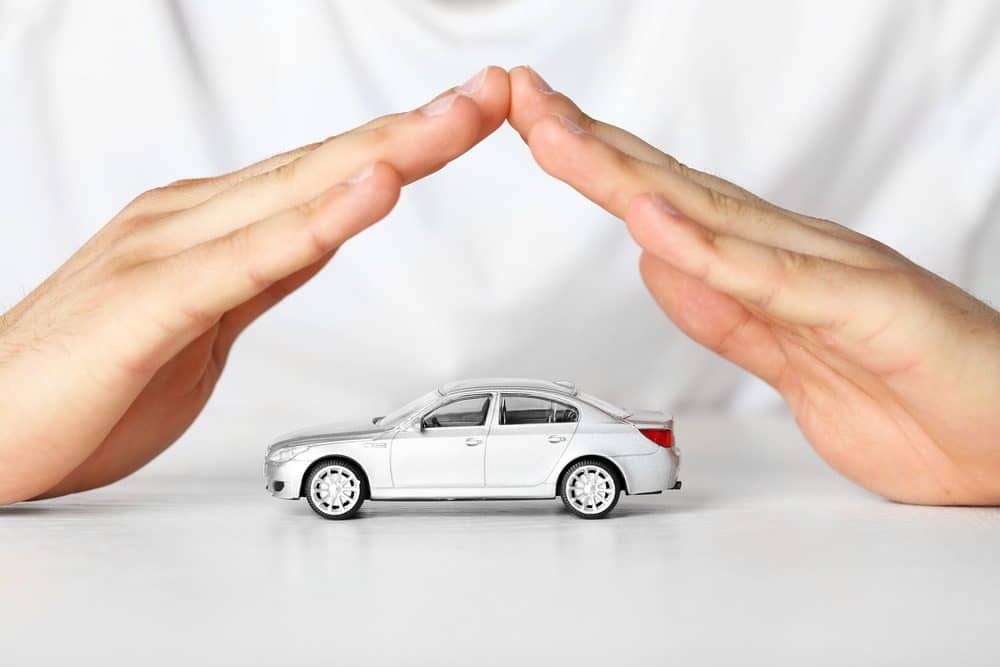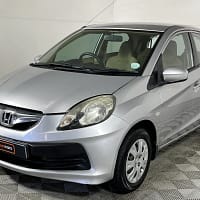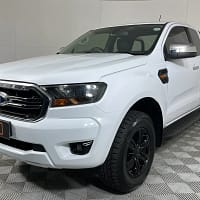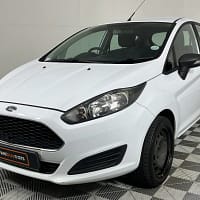
Finance & Insurance for Used Cars in The Philippines
Manila, Philippines – Purchasing a used car is a significant investment, and for most buyers, it’s not just about the upfront cost of the vehicle. The financial aspects of the purchase, including financing and insurance, can make a big difference in your overall experience and budget. Whether you’re buying a car for the first time or looking to upgrade, understanding your financing options and securing the right insurance is crucial. Here’s a guide to help you navigate these important aspects of buying a used car in the Philippines.
1. Financing Options for Used Cars
For many Filipinos, securing financing is the first step in purchasing a used car. Fortunately, various financing options are available to make this process more accessible.
Bank Loans
One of the most common financing options is a bank loan. Banks in the Philippines offer auto loans with flexible terms, usually ranging from 12 to 60 months. The loan amount typically covers up to 80% of the car’s value, with the buyer responsible for paying the down payment. Interest rates vary based on the loan term and the bank, but rates for used car loans can range from 5% to 15% per annum.
Before applying for a loan, make sure to review your credit score, as this will affect your loan eligibility and interest rates. If you have a strong credit history, you may qualify for lower interest rates and better loan terms.
In-House Financing
Some car dealerships in the Philippines also offer in-house financing. This option allows buyers to obtain financing directly through the dealership without having to go through a bank. The terms can be more flexible, and the approval process is often faster. However, the interest rates might be slightly higher than bank loans, so it’s essential to weigh the benefits and drawbacks.
Personal Loans
Personal loans are another financing option for used car purchases. While personal loans can be used for various purposes, including buying a car, they may come with higher interest rates compared to auto loans. This option might be best for those who do not want to secure the loan against the car or have trouble qualifying for an auto loan.
Government Financing Programs
For qualified individuals, government programs like the Pag-IBIG Fund may also provide financing for used cars. These programs offer competitive interest rates and longer repayment terms, making them an attractive option for many buyers. Check with your local Pag-IBIG office for details on eligibility and application procedures.
2. Calculating Your Monthly Payments
Before committing to financing, it’s essential to assess your ability to make the monthly payments. When taking out a loan, consider factors such as your monthly income, expenses, and other financial obligations. It’s important to ensure that the car loan repayment is manageable within your budget. Online auto loan calculators are available from many banks and lending institutions to help you estimate monthly payments based on the loan amount, term, and interest rate.
Some lenders also offer the option to adjust the monthly payments by extending the loan term. However, while this may lower your monthly payments, it can increase the overall amount you’ll pay for the car due to the added interest over a longer period.
3. Car Insurance in the Philippines
Car insurance is a must for every car owner in the Philippines, whether the car is new or used. Not only is it legally required, but it also provides peace of mind in case of accidents, theft, or damage. Understanding the different types of car insurance is essential when buying a used vehicle.
Comprehensive Insurance
Comprehensive car insurance offers the broadest coverage, protecting your vehicle against damage from accidents, theft, natural disasters, vandalism, and fire. For used car buyers, comprehensive insurance is often the most advisable choice, especially if the vehicle is valuable or if you live in areas prone to natural calamities. However, the cost of comprehensive insurance can be higher than other types.
Third-Party Liability Insurance
Third-party liability insurance is the minimum legal requirement for all vehicles in the Philippines. It covers damages you may cause to other vehicles or property in an accident but does not cover any damages to your own vehicle. While this is the least expensive option, it may not provide sufficient protection for those who rely heavily on their vehicle for daily activities.
Acts of Nature Insurance
Given the Philippines’ susceptibility to natural disasters, some insurance companies offer add-ons for protection against acts of nature, such as typhoons, floods, or earthquakes. This type of coverage can be added to comprehensive insurance plans for added protection, particularly for owners in disaster-prone areas.
Theft Insurance
Another common insurance option is theft insurance, which covers damages caused by theft or carjacking. If your used car is of high value or if you live in an area where car theft is prevalent, it’s worth considering this additional coverage.
Insurance for Older Cars
If you’re buying a used car that’s several years old, it’s essential to understand how insurance policies work with older vehicles. Insurers often base the premium on the car’s age, condition, and value. Some insurers may charge higher premiums for older vehicles due to the increased risk of breakdowns or difficulty in sourcing replacement parts.
4. Documents and Requirements for Financing and Insurance
When applying for financing or insurance, be prepared with the necessary documents:
- For Financing: Most financial institutions require proof of income (e.g., payslips, bank statements), identification documents (e.g., government-issued ID), proof of address, and your credit history. If applying for a car loan, the dealership or bank may also request the car’s original certificate of title and a copy of the vehicle’s registration.
- For Insurance: To secure insurance, you’ll need the car’s registration details, proof of ownership, and identification documents. Some insurers may also require a physical inspection of the vehicle, especially if it’s an older used car.
5. Final Thoughts
When purchasing a used car in the Philippines, securing financing and insurance are crucial steps in the process. Understanding your financing options, calculating your monthly payments, and selecting the appropriate insurance coverage can help you make a more informed decision. Be sure to shop around for the best loan terms and insurance policies to suit your needs, and always consider the long-term costs of ownership.
With the right financial planning and proper insurance, buying a used car in the Philippines can be a rewarding and cost-effective choice. Take your time, do your research, and ensure that you are fully covered to enjoy your vehicle with peace of mind.











![2018 Land Rover Discovery 5th Gen [16-21]](https://mlpycxojhzns.i.optimole.com/cb:dGvy.176b/w:100/h:100/q:mauto/rt:fill/g:ce/ig:avif/dpr:2/id:acee68e387817efa1b7b77ef834b46ba/https://www.wowcar.ph/1-65.webp)
![2018 Land Rover Range Rover Sport 2nd Gen [13-20]](https://mlpycxojhzns.i.optimole.com/cb:dGvy.176b/w:100/h:100/q:mauto/rt:fill/g:ce/ig:avif/dpr:2/id:921387834caf893bd1f6f1570b031cd6/https://www.wowcar.ph/1-58.webp)
![2011 Alfa Romeo Giulietta 1st Gen [10-16]](https://mlpycxojhzns.i.optimole.com/cb:dGvy.176b/w:100/h:100/q:mauto/rt:fill/g:ce/ig:avif/dpr:2/id:811d87359bee83eca1d549b157154f14/https://www.wowcar.ph/1-31.webp)
![2016 Land Rover Discovery Sport 1st Gen [14-20]](https://mlpycxojhzns.i.optimole.com/cb:dGvy.176b/w:100/h:100/q:mauto/rt:fill/g:ce/ig:avif/dpr:2/id:0960bc307db2d9bbf73cd700d5b5bd27/https://www.wowcar.ph/1-48.webp)

